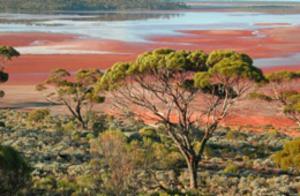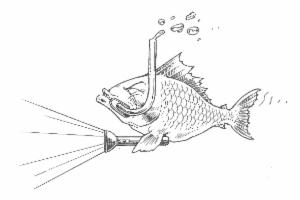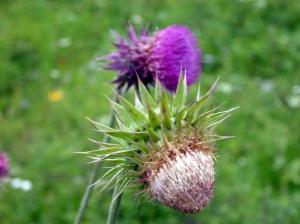Search for Conger conger returned 18 results.
-
Biodiversity Science project: Great Western Woodlands
The Great Western Woodlands (GWW) is a 16 million hectare swath of woodlands, mallee and heath interspersed with salt lakes, granite outcrops and in the north-west, banded ironstone formations (BIF) ranges. The GWW represents the largest intact remaining temperate woodland in the world. In 2011, BirdLife Australia and The Nature Conservancy formed a partnership to fund and oversee a bird research and conservation project in the Great Western Woodlands...

-
Biodiversity Science project: Secchi disk marine monitoring project
Guided by Friends of Gulf St Vincent, volunteers take secchi disk readings from jetties or boats. The secchi disk is lowered into the water until no longer visible. This measurement provides a relative measure of turbidity.

-
Biodiversity Science project: The Relationship between Suspicious Thoughts and Seeking Support
This research project uses a technique called ‘Experience Sampling Methodology (ESM)’. ESM is a relatively new methodology which looks at people’s thoughts and feelings on a moment-by-moment basis. This is done by asking participants to answer some questions in an online diary, using their own mobile phone, at random time points throughout the day...

-
Biodiversity Science project: WomSAT
WomSAT is a new resource for communities to record sightings of wombats across the country. Australia's unique wombats are in crisis - Their numbers are declining and your help is needed to protect them by recording where you see wombats and their burrows in your local area. We are particularly interested in the incidence of mange in the population and where it occurs and where it does not occur...

-
Biodiversity Science project: BeeCounted
For thousands of years, beekeepers have only guessed what's happening inside their hives. Bee Counted is about to change all that. We collect environmental conditions from hives around the world, then analyze and share that information with curious individuals, citizen scientists, and entomologists. We know bees are in trouble, and that tried and true beekeeping methods are no longer working...

-
Biodiversity Science project: Sparrow Swap
****SPARROW SWAP IS WRAPPING UP AND NO LONGER ACCEPTING DATA OR EGGS**** People who monitor nestboxes can collect house sparrows eggs and send them to the NC Museum of Natural Sciences. Participants can opt to participate in one of two ways: Remover– Remove house sparrow eggs and/or nest and make 3 follow up visits to the nestbox and 3 of its neighbors. Once you join the project you can find the instructions and data sheets in the participant files section below...

-
Biodiversity Science project: moo-Q
moo-Q is a scientific iPhone application designed by the Hungry Mind Lab team at Goldsmiths, University of London with the aim of measuring mood and brain power. It allows users to see at what time of day their brain works best, and whether being in a good or a bad mood has an effect on brain power. This data is also securely and confidentially gathered by the researchers at Goldsmiths in order to assess whether there is a correlation between mood and cognitive performance...

-
Biodiversity Science project: RinkWatch
In 2012, scientists in Montreal warned Canadians to expect there will be fewer outdoor skating days in the future.* Their predictions are based on the results of data taken from weather stations across Canada over the last fifty years. In some parts of Canada, they warn there may one day be no more backyard rinks at all...

-
Biodiversity Science project: Nodding thistle biocontrol
Carduus nutans Nodding thistle Nodding thistle is a annual or biennial herb that grows throughout Australia infesting around 1000 hectares of land in the tablelands of NSW, ACT, VIC and TAS. When infesting pastures, nodding thistle can quickly reduce stock and productivity as animals avoid grazing nodding thistle, allowing it to spread and outcompete desirable pasture plants...

-
Biodiversity Science project: PlatypusWatch
Though protected as a native species under State and Federal legislation, the platypus warrants no specific management or conservation requirements and is essentially afforded the same consideration as abundant native species such as the magpie, eastern grey kangaroo, and kookaburra. This is primarily due to platypus being IUCN listed in the ‘of least concern’ category...
